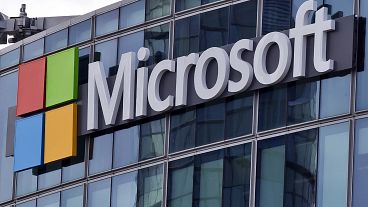By Stefano Rebaudo
- Sterling fell to its lowest level since November 2020 against a strengthening dollar on Friday and also dropped versus the single currency as markets raised bets on monetary tightening in the euro area.
The U.S. dollar index strengthened to 100 for the first time in nearly two years, supported by the prospect of a more aggressive pace of Federal Reserve rate hikes.
Sterling fell 0.5% against the greenback to $1.3005, after hitting a fresh low since November 2020 earlier in the session at 1.2982.
Kit Juckes, a macro strategist at SocGen, flagged some correlation between U.S. 10-year real yields and the exchange rate between the U.S. dollar and the pound.
"It suggests fair value now for sterling is $1.30 exactly," he said in a research note.
"Given where Fed policy is headed, and where UK inflation is going this year, it argues pretty persuasively that GBP/USD is a decent short, even here," he added.
Money markets are currently pricing more than 65 bps of European Central Bank rate hikes by year-end, up from 60 bps on Thursday, and around 135 bps by the Bank of England. [IRPR]
ECB policymakers appeared keen to unwind stimulus at their March 10 meeting, with some pushing for even more action, the accounts of the gathering showed.
ING analysts said “the market's dovish repricing of BoE rate expectations has been contained,” and this is offering some support to the pound.
Bank of England Deputy Governor Jon Cunliffe said on Monday the central bank may not need to take sustained action to stop expectations of persistent high inflation.
Sterling was down 0.3% at 83.44 pence versus the single currency after hitting earlier in the session its highest level since March 23 at 83.07 pence
Concerns about monetary tightening triggering a recession weighed on the pound.
“With luck, it (the market path of future rate rises) may reflect the view that the BoE will be able to ease rates a little once inflation has been brought under control, as it did on several occasions during the 1990s and 2000s when the BoE achieved a soft landing,” said Kallum Pickering, senior economist at Berenberg.



